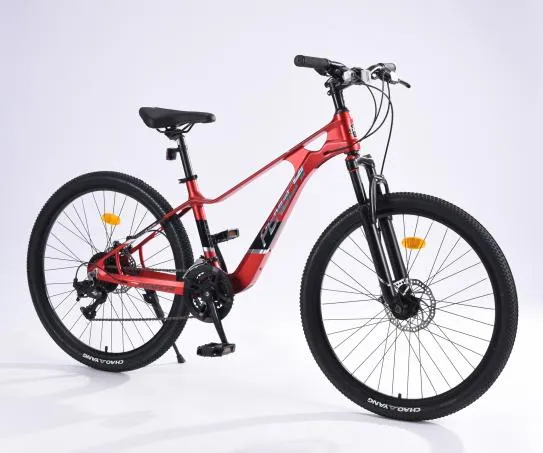
-
 Afrikaans
Afrikaans -
 Arabic
Arabic -
 Belarusian
Belarusian -
 Bengali
Bengali -
 Bulgarian
Bulgarian -
 Croatian
Croatian -
 Czech
Czech -
 Danish
Danish -
 Dutch
Dutch -
 English
English -
 Finnish
Finnish -
 French
French -
 German
German -
 Greek
Greek -
 hawaiian
hawaiian -
 Hebrew
Hebrew -
 Hindi
Hindi -
 Hungarian
Hungarian -
 Indonesian
Indonesian -
 irish
irish -
 Italian
Italian -
 Japanese
Japanese -
 Javanese
Javanese -
 kazakh
kazakh -
 Khmer
Khmer -
 Korean
Korean -
 Kyrgyz
Kyrgyz -
 Lao
Lao -
 Latin
Latin -
 Luxembourgish
Luxembourgish -
 Malay
Malay -
 Myanmar
Myanmar -
 Norwegian
Norwegian -
 Persian
Persian -
 Polish
Polish -
 Portuguese
Portuguese -
 Romanian
Romanian -
 Russian
Russian -
 Serbian
Serbian -
 Slovak
Slovak -
 Somali
Somali -
 Spanish
Spanish -
 Swedish
Swedish -
 Tagalog
Tagalog -
 Thai
Thai -
 Turkish
Turkish -
 Turkmen
Turkmen -
 Ukrainian
Ukrainian -
 Uighur
Uighur -
 Vietnamese
Vietnamese
Sep . 11, 2024 14:32 Back to list
Explore the Exciting World of BMX - Types, Styles, and More
Understanding the Different Types of BMX Bikes
BMX, or Bicycle Motocross, has gained immense popularity worldwide since its inception in the 1970s. BMX biking offers thrilling competition, stunts, and a sense of community. However, with various BMX bikes tailored for different purposes, it can be challenging for newcomers to choose the right type. In this article, we will explore the different types of BMX bikes and their specific uses.
1. BMX Racing Bikes
BMX racing bikes are designed for speed and agility on racetracks. They are lightweight, featuring aluminum frames and tight geometry to facilitate quick maneuvers. The tires are typically narrower and more slick than those on other BMX types, minimizing resistance. These bikes often come with a single gear to optimize performance on smooth surfaces. Racing BMX bikes prioritize acceleration and handling, making them ideal for competitive riders looking to shave seconds off their lap times.
Freestyle BMX bikes are built for tricks and stunts. These bikes have a more robust frame than racing bikes to withstand impacts from jumps and tricks at skate parks. They feature pegs for grinding, wider tires for stability, and a heavier overall build. The geometry is designed for better control during aerial maneuvers, allowing riders to perform tricks such as bar spins and tail whips. Freestyle BMX bikes come in various subcategories, including street, park, and vert bikes, each optimized for specific styles of riding.
bmx types

3. BMX Flatland Bikes
Flatland BMX is a unique discipline that focuses on performing tricks on flat surfaces without ramps or obstacles. Flatland bikes are distinctive due to their lack of a front brake to facilitate smoother rotations and spins. They typically feature longer frames for better balance and stability during tricks. The handlebars are often higher to accommodate advanced tricks that involve spinning the bike around various axes. Riders in this category prioritize technical skill, making flatland BMX a fascinating blend of artistry and athleticism.
4. Dirt Jump BMX Bikes
Dirt jump BMX bikes are designed for jumping over dirt mounds and performing tricks in mid-air. These bikes have a sturdy build and thicker tires for better grip on uneven surfaces. The geometry is slightly different from racing and freestyle bikes, allowing for stability during jumps. Riders will often see dirt jumpers equipped with single-speed gearing to minimize weight and streamline their jumps. This type of BMX bike is preferred by those who love the thrill of gravity-defying jumps and tricks.
Conclusion
Choosing the right BMX bike greatly enhances the riding experience. Whether participating in competitive racing, performing breathtaking stunts at the park, or enjoying a casual ride, there is a bike designed specifically for every rider's needs. Understanding the different types of BMX bikes—racing, freestyle, flatland, and dirt jump—enables enthusiasts to make an informed decision and fully enjoy the dynamic world of BMX biking. As the sport continues to evolve, new riders will find a vibrant community willing to share tips and techniques to thrive in their chosen BMX discipline.
-
Premium Titanium Road Bike: Lightweight & Durable
NewsAug.01,2025
-
Red Black BMX Bike with GPT-4-Turbo AI Tech
NewsJul.31,2025
-
New Red Anti-theft E-Bike | Easy Ride City Commuter
NewsJul.31,2025
-
BMX 20 Inch Bikes for Freestyle & Street | Fat Tire Options Available
NewsJul.30,2025
-
322 High Quality 26 Inch 21 Speed Adult Mountain Bike OEM MTB
NewsJul.29,2025
-
Specialized Kids Mountain Bikes - Safe, Durable & Fun Riding Experience
NewsJul.29,2025

